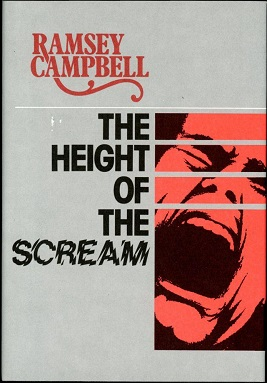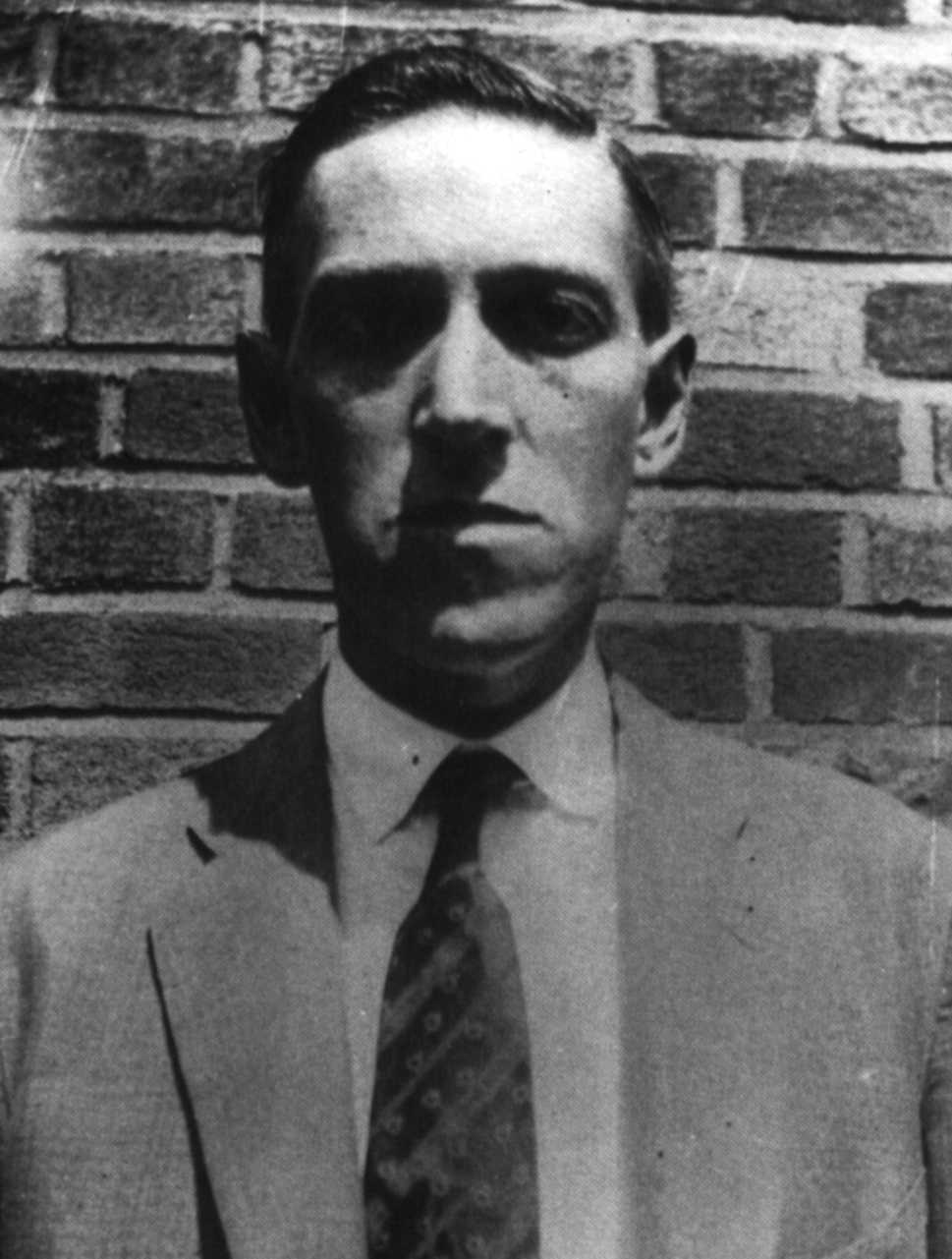I think for a lot of us, it could be safe to say… life is oftentimes pretty miserable. We head to jobs we hate to pay for bills we would rather not pay. We search for love and get crushed beneath the wheels of desire. We eat, we sleep, and we watch our bodies break down. For some of us, we wish there was more. More fantasy, more magic, more to desire, more to indulge in. The dark paths tempt us. Sex and sin are preferred over working yourself to death. We wish we could sell ourselves to the dark powers. If Satan really existed, Cthulhu, whatever, we would pledge ourselves to their teachings. The Earth is so banal and full of drudgery and toil. Whatever moments of pleasure and magic are too fast and fleeting. The blackest of gods, the most sinister of evil, would provide our lives with a source of enchantment, of magic. And to be clear, when we speak of dark gods and evil, we are talking about an escape from day-to-day life. Real-life evil is what we are escaping from. The evils of miserable men and petty humanity. We seek an elevation from the mundane. To sign one's name in a book of blood, to convort with slimy tentacled creatures from the sunless depths of the ocean, to rut and writhe in the dark soil with horned gods, and to offer up one’s body to extraterrestrial doppelgangers, we would give anything to be able to live such magic.
When we talk about the horror genre you hear a couple different explanations for why people gravitate to it. Everything from a fun rollercoaster ride being scared to horror providing a sense of awe or a sense of something larger than oneself. But one I don’t see talked about nearly enough is the desire for dark powers to really exist and the attraction that horror has for an escape from the banal. I find this longing most clearly articulated in works such as Robert Egger’s film The Witch, Caitlin Kiernan’s short fiction, Thomas Ligotti’s short fiction, and Tim Lucas’s novel Throat Sprockets. We will explore the longing to escape life and what happens when you find your desire. These works act as a celebration of getting lost in the dark, of a sinister sensuality, of an escape through the monstrous and the perverted.

In Ligotti’s work, in his nightmare towns, creeping unseen managers, malignant puppets, and art exhibitions of the icy bleakness of things, he shows that horror literature and its enchantments, even at its most disturbing, are still more desired than this crumby banal life of decay and disappointment. Ligotti’s work is full of an all-encompassing pessimism. But yet, there is an enjoyment in the defiling of what we see as the things that make life worth living. Ligotti attacks all our pretenses of bodily integrity, our notions of achievement and upward mobility, and our conception of self-identity. But his prose and his method of attack are almost erotic, the sentences alluring and the choice of words intoxicating. Ligotti’s work is this kind of private exploration of the anxieties and desires that Ligotti has shared through his brilliant prose. The crooked small towns and plagues of nightmarish organisms provide an escape from the horrors of existence.

One of the great novels of obsession and dark desire is Tim Lucas’s Throat Sprockets: The hope, the wanted allure of maybe catching some unknown film halfway through on late-night television, or picking up some random DVD from the video store because of some intriguing cover art, and finding a life-changing experience unfold before you is examined here. One of those midnight movies that seem made just for you, showing you the world as you had thought only you see it. The images, the sound design, and the characters become like a second dream life. And your waking thoughts keep returning to the unspooling film, permanently playing in your dreams. Pornos, horror films, noir, whatever it may be, are all viewed best late at night by yourself. A celebration of obsession. Sitting by yourself at the local movie theater, you get to get away from your day-to-day life and escape into a wholly different world. The shock of seeing something you maybe didn’t mean to expose yourself to, and finding the experience delicious. Or seeing your most secret thoughts explored on the big screen. You have finally found someone who understands your innermost desires. In Throat Sprockets the erotic potential of bare necks, piercing the skin, and bloodletting is loveling exalted. You go to work and try your best to keep your head above water, but deep down you have this secret life, of secret passions and desires. And sometimes you find something, a film or maybe a novel, that understands what you crave, and helps you sate those hungers.

Caitlin Kiernan is one of the modern masters of the dark and weird tale. In many stories, Kiernan illustrates characters who long for the unknown, no matter what the risk. Whatever it be in Metamorphosis A where a woman is fated to watch as her girlfriend is lured into the underground dark to take benediction from some subterranean plague goddess, or Houses Under the Sea, where a man watches his lover, a head of a bizarre oceanic cult, called down with her followers into the subterranean depths of the ocean, to strange and inhuman things awaiting them. Kiernan’s fiction sometimes shows the lover watching as the loved one follows a dark path toward self-destruction and a kind of painful liberation. Sometimes Kiernan's fiction shows the narrator longing for an abysmal transcendence they can't seem to find. The interplay between what dark path you must take to save yourself, and what selfsame path leads to your self-destruction is a major trope of Kiernan’s fiction.

In The Witch, the dark powers come for a young girl named Thomasin. After all else has failed her. Her family. Her religion. Satan comes and lifts her from the dirt and gives her new life and new purpose. Thomasin grew up in colonial New England living in a stifling home ruled by religion and work. In The Witch, Thomasin watches as her life is destroyed and all lay in ruin, yet she is offered a new path, a left-hand path that leads into a beautiful darkness. Tomasin was both accused and shamed by her family, overlooked and undervalued by those who were her loved ones. But one comes from the dark, Satan, who sees her worth and her value. He presents her with a book. With a space for her to sign her name in blood.
There is a kind of person, a group of people that I include myself in, that I call horror obsessives. These are people who live and die for the art of horror. And not horror in a traditional sense but in an expanded sense, in art house films, poetry, essays, art, music, etc. Wherever one finds their fix. It exemplifies a certain kind of mindset. A certain way of looking at the world. It goes beyond mere fandom into a philosophy of living. A never-ending search for fragile beauty, for certain flowers that can only bloom at night. Horror speaks of a certain longing, for magic that life rarely provides. Where one finds fantasy to be a lie, where realism just depresses, there is a literature, a cinema, waiting for those who are lost and broken. Horror speaks to those who have no safe home. And understands the desire for darkness and corruption.














